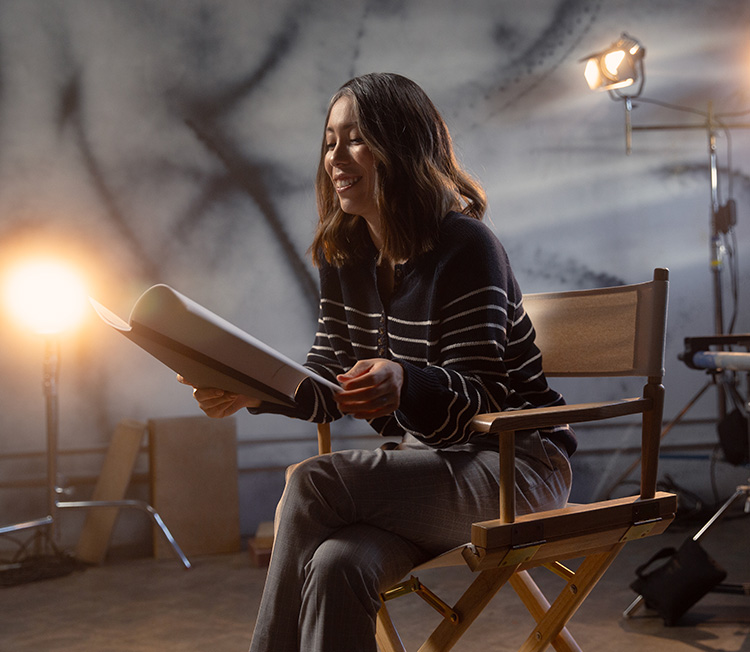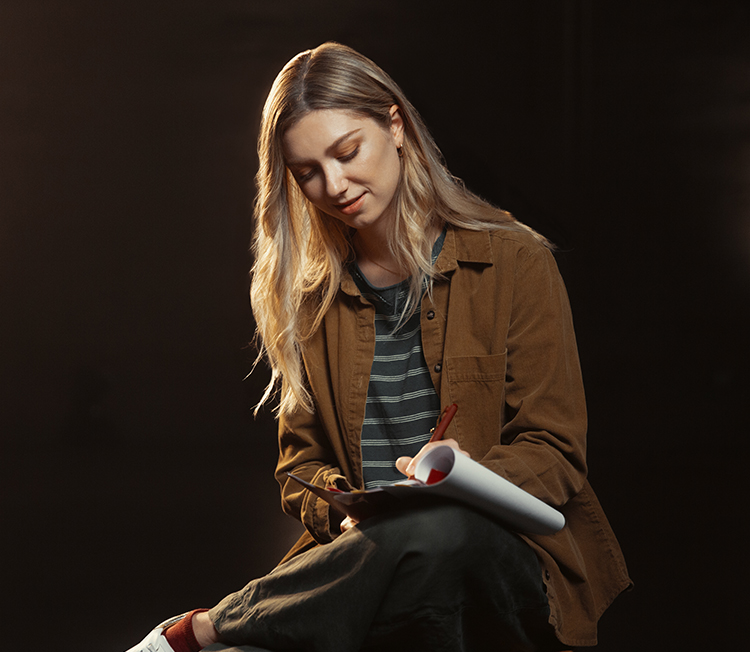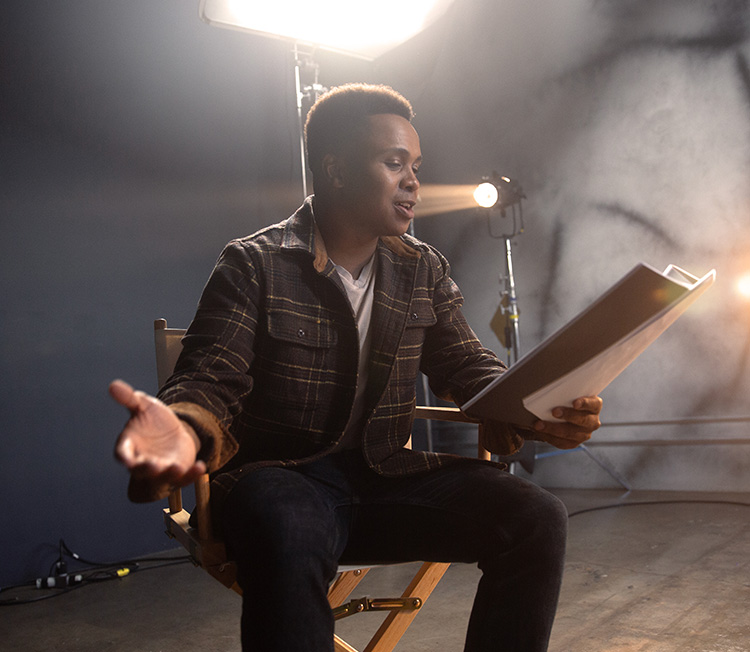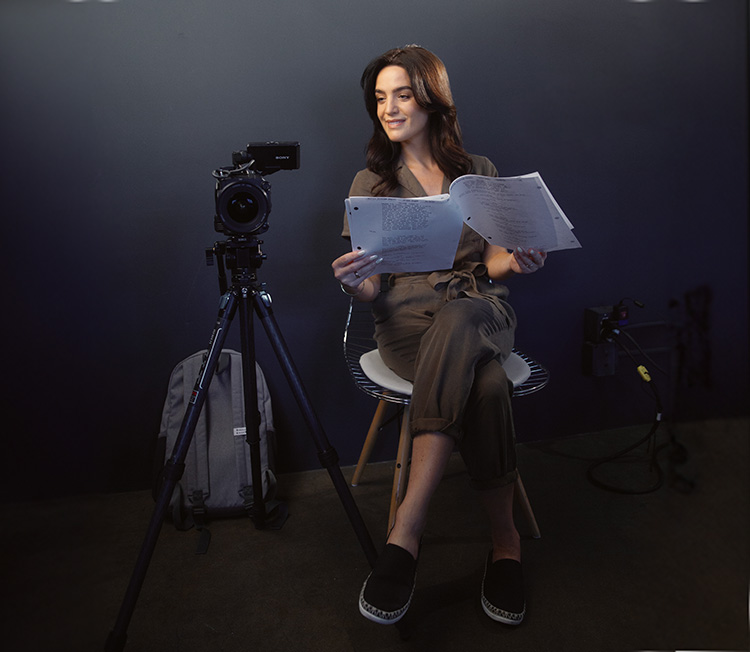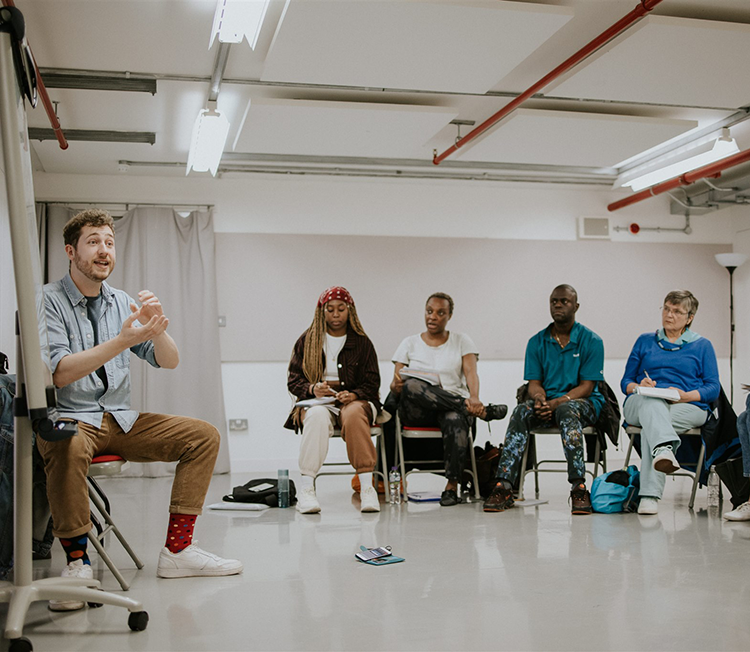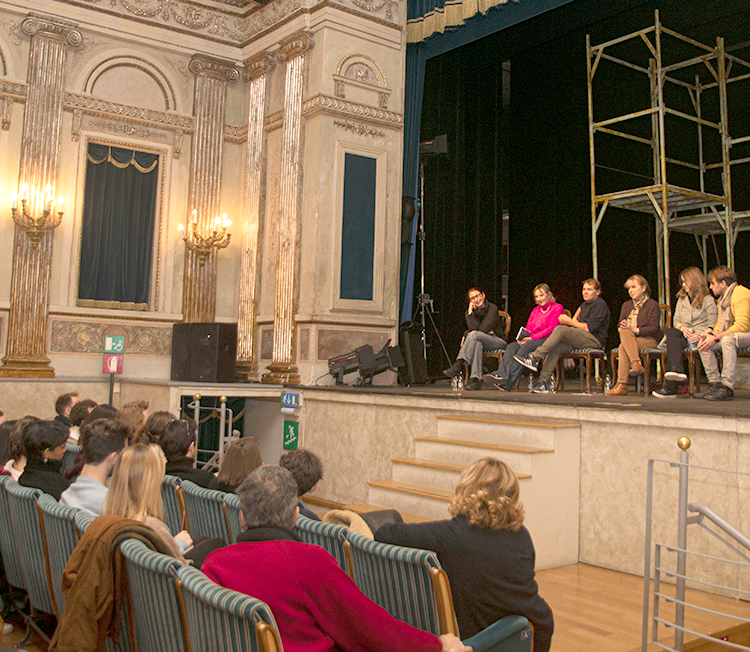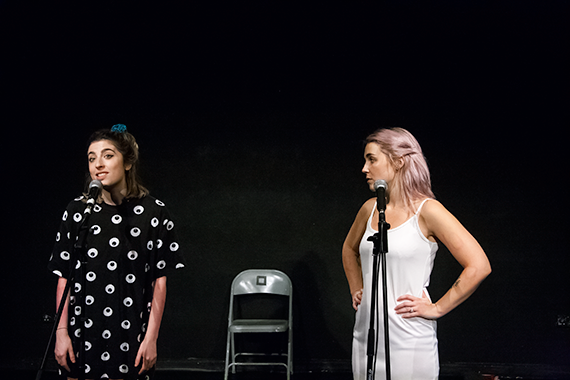Spotlight’s own Ilayda Arden on the essential but not-so-sexy parts of the Fringe: planning, finances and admin!
Ahhh, The Edinburgh Fringe. The daddy of all arts festivals. The one that ‘You Have to Do Before You Die’ (as people kept telling me years ago). But for performers who want to try their hand at taking up their own shows, it can be a tricky beast to navigate. With a plethora of venues to choose from, thousands of shows jostling for a position and the mammoth task of organising all the logistics, taking a show at the Edinburgh Fringe can seem like an impossible task if you’ve never produced before. Never fear. Here are some top tips for getting a show into the Edinburgh Fringe.
Make the show good – no – make it great
At all stages of the Edinburgh Fringe journey (application, pre-show prep and the run) you will need to talk about your show in every way possible. You’ll need elevator pitches, long form copy, conceptual thoughts, short copy, one liners, answers to interview questions and more.
Seems like the most obvious thing in the world, right? But I can’t stress how much this point matters. With literally thousands of other shows competing for programming, then audience and press attention to sell tickets, your show has to be something that you one hundred percent believe in. A half-hearted, half-invested attempt at selling a show you don’t really believe in just won’t cut it. It should be something that you can talk passionately about in your sleep. You should feel completely confident that it’s the absolute bomb and that it deserves to be seen. When Victoria and Jess, the artists behind I’ll Have What She’s Having, approached me for help with producing their show for this year’s Fringe, I knew I could do it, because I really believed in the work they’d created. I think it’s funny, poignant, important and stylish, and it’s a gutsy feminist piece that I related to – so I knew I’d be able to talk about it till the cows come home. At all stages of the Edinburgh Fringe journey (application, pre-show prep and the run) you will need to talk about your show in every way possible. You’ll need elevator pitches, long form copy, conceptual thoughts, short copy, one liners, answers to interview questions and more. The only way you will have the stamina and creativity to manage it all is to believe that your show is unique and something that people need to discover. So… make it great (no pressure).
Planning is everything
The sooner you begin researching and formulating answers to these questions the better your chances will be when it comes to getting programmed and getting your work noticed.
It might seem crazy to start thinking about next year’s Fringe a whole year in advance but, actually, it’s just good sense. When we first started planning to take I’ll Have What She’s Having up to the Fringe it was in January 2018, and even that felt late! There’s an endless stream of questions that need answering when you want to take a show to the fringe: What’s the best venue for your show? What does your budget look like? How are you going to finance it? Where are you and your team going to stay? How will you sell tickets to your show? How will you make your show stand out amongst the gargantuan crowd of thousands of other shows? And many, many more. The sooner you begin researching and formulating answers to these questions the better your chances will be when it comes to getting programmed and getting your work noticed. What can make things tricky with planning is that you’ll have to work with the requirements of varying institutions, juggling multiple deadlines simultaneously, and have a constant back and forth between concerned parties. So, the crucial element in all of this is… a timeline.
Time is a very necessary construct
A timeline should be specific and multi-purpose, covering (but by no means limited to) things like: when the first show blurb should be written, venue application deadlines dates, when to launch and close a funding campaign, when final marketing copy is due, deadlines for payments, when print design is due, when accommodation should be booked, and when press or audiences should receive their invites.
Without a timeline, you don’t have a plan, you just have a mess of quite overwhelming ideas and tasks. With a timeline, things suddenly start looking like more manageable day to day tasks. The first meeting I had with Victoria and Jess was spent putting together a mega detailed timeline. It was a slog, but it was worth it. A timeline should be specific and multi-purpose, covering (but by no means limited to) things like: when the first show blurb should be written, venue application deadlines dates, when to launch and close a funding campaign, when final marketing copy is due, deadlines for payments, when print design is due, when accommodation should be booked, and when press or audiences should receive their invites. A good, detailed timeline can make all the difference to your Edinburgh Fringe experience – preventing you from endless ‘OH MY GOD THE VENUE NEEDS A HIGH RES POSTER DESIGN IN AN HOUR AND I DON’T HAVE ONE!!!!’ moments. And sure, no timeline is absolute. You will miss some deadlines, smash others and I’m the first to admit that the timeline for I’ll Have What She’s Having has been tinkered with many, many times. What’s important is to keep revisiting it with a birds eye view to make adjustments – it’s a small price to pay for the success of your show (and for the sake of your sanity).
The venue is where it’s at
When it comes to finding a venue, a generic scattergun approach is not likely to yield good results. If your show is a serious solo piece about orphans, it’s probably not a good idea to pitch it to a place that almost exclusively programmes sparkly cabaret nights.
There are SO. MANY. VENUES. So, first thing’s first – which ones are best for your show? Do your research. Start by making a list or a table or whatever works for you. Some of the more established ones will cost you more, but you will likely also get a higher level of experience and interest in your work from them. You may also find that it can be more difficult to promote your show with the smaller, less expensive venues – so bear this in mind when making your shortlist of who you want to approach!
Figure out where the venues are located in the city, what the footfall around them is like, how much support they provide for things like marketing and press, and what kind of work they usually programme. We put together a very specific shortlist when considering where to pitch I’ll Have What She’s Having to. We wanted venues that supported quirky, devised work but who were also in a location that naturally attracted lots of footfall. When it comes to finding a venue, a generic scattergun approach is not likely to yield good results. If your show is a serious solo piece about orphans, it’s probably not a good idea to pitch it to a place that almost exclusively programmes sparkly cabaret nights.
Next, when you’re actually submitting an application to the venues, think about what a programmer needs to give your show a shot. They want to know: what will the show look, sound and feel like on stage? What is it about, in the simplest possible terms? How will audiences react? Will audiences want to see your show and why? Who are you and are you able to deliver your product? They don’t want to read an in-depth analysis about Ancient Greek Myth Canon and how it relates to your show. They want a clear picture that allows them to visualise your show in their space. When pitching I’ll Have What She’s Having, we were able to describe the show quite easily because Victoria and Jess had already done a couple of work in progress showings. So, we were able to say ‘Movement, monologue and sketch combine in this autobiographical snapshot of contemporary womanhood reflecting on relationships, motherhood, careers and competitiveness’ AND we were able to say that the show would be funny, honest, bright, colourful and lo-fi – helping create a complete picture for potential programmers.
Money money money
Always overestimate the costs and underestimate the potential income. And ALWAYS, ALWAYS watch out for hidden costs, whether it be VAT on ticket sales, PRS, or hidden Venue costs for hiring tech staff or using storage space.
I cannot stress enough the importance of putting together a budget and paying close attention to it throughout the process. The brutal and sad truth is that most shows don’t make any kind of profit from the Fringe, but having an accurate budget will stop the costs from spiralling way out of control so you don’t have an unpleasant shock at the end of August when you review spending. Your budget should cover the costs of everything you can think of: printing flyers, props and costumes, travel to and from Edinburgh, accommodation etc. Always overestimate the costs and underestimate the potential income. And ALWAYS, ALWAYS watch out for hidden costs, whether it be VAT on ticket sales, PRS, or hidden Venue costs for hiring tech staff or using storage space.
Raising money to put towards the budget is another challenge. In my experience, Arts Council England rarely fund Edinburgh shows, so I would suggest that you’re better off putting together a really slick and realistic crowdfunding campaign. Slick means putting in the effort in to research how crowdfunding campaigns work and that it looks and reads like a professional effort that people would feel confident putting their money into. Realistic means not expecting to make £10k, but perhaps aiming to make £1500, which at the very least could cover some basic production costs.
Ultimately, the thing about Money and Edinburgh is that almost everyone is going to put in more than they get back. It’s an unpleasant and problematic aspect of the whole affair that needs attention, but that’s for another article! For many, the lure of performing at the world’s biggest arts festival combined with the frenetic, magic energy of the fringe is enough to justify the costs of going – but you have to decide if that’s the case for you!
Keep up to date with I’ll Have What She’s Having through the hashtag #WhatShesHaving, buy tickets online, or follow more from Ilayda, Victoria and Jess. Any questions for us on this piece? Email us at questions@spotlight.com or hit us up on Twitter.
Jess Brodie: Jess is an actress and writer based between London and Edinburgh. She is a member of Soho Theatre Young Writers’ Lab and has performed at the Tristan Bates, the Bread & Roses and starred in short film Ferret which was recently listed as a semi-finalist at LA Cinefest.
Victoria Bianchi: Victoria is a writer and performer based in Glasgow. She has developed performances for The Arches (Glasgow), Camden People’s Theatre (London), The Gaiety Theatre (Ayr) and the National Theatre of Scotland. As a playwright, she has been commissioned by The National Trust for Scotland, Glasgow Lunchtime Theatre and, most recently, was South Ayrshire Arts Partnership’s writer-in-residence (2015-2018).
Ilayda Arden: IIayda is a creative producer come theatre-maker based in London who has taken work to Pleasance Edinburgh, Soho Theatre, Southwark Playhouse, The Vaults and The Junction (Cambridge). She is also co-director of Block Stop, a company that specialises in playful, interactive performance that fuses games and theatre.

